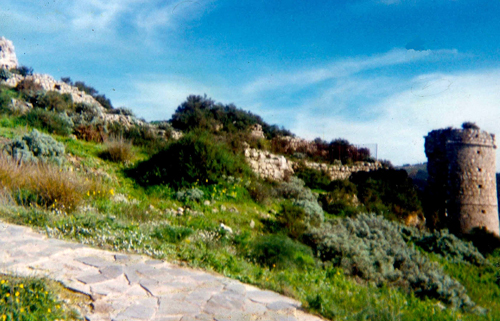

History
The castle’s name appears for the first time in the official documents of the Angevin Statute in 1274, but it is probable that the hill had already been fortified during the Byzantine era, as evidenced by the surrounding walls and a tunnel dug under the building, constructed using means and techniques typical of the late Roman Empire. The first structure, from the Byzantine period, was probably destroyed by the Arabs, and later rebuilt by the Angevins, at the time of Charles I of Anjou’s rule, when the place took on the name Castrum Licodiæ.
Several noblemen owned the castle, alternating over the centuries, contributing to the fortress’s and the fiefdom’s lustre and prestige. Among the most important families were the Santapau, who gave their name to the castle, and their relatives the Ruffo of Calabria. The Ruffo family owned the castle until 1812, until the abolition of feudalism.
The building was almost completely razed to the ground by the terrible earthquake of 1693, which left only a few towers standing, as well as some internal walls and underground tunnels.
